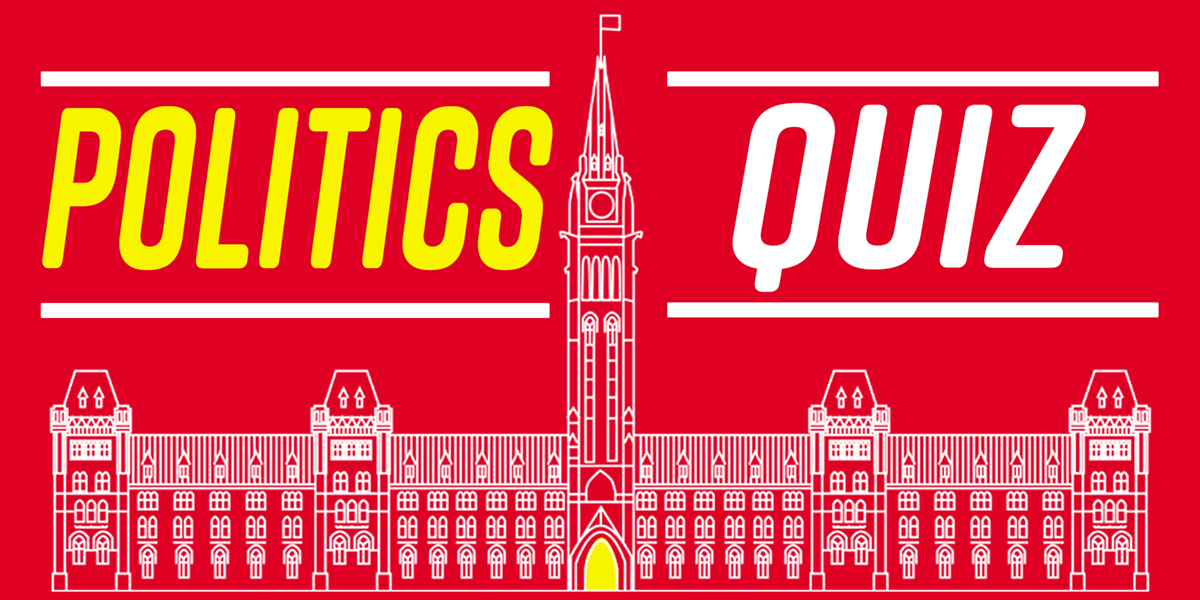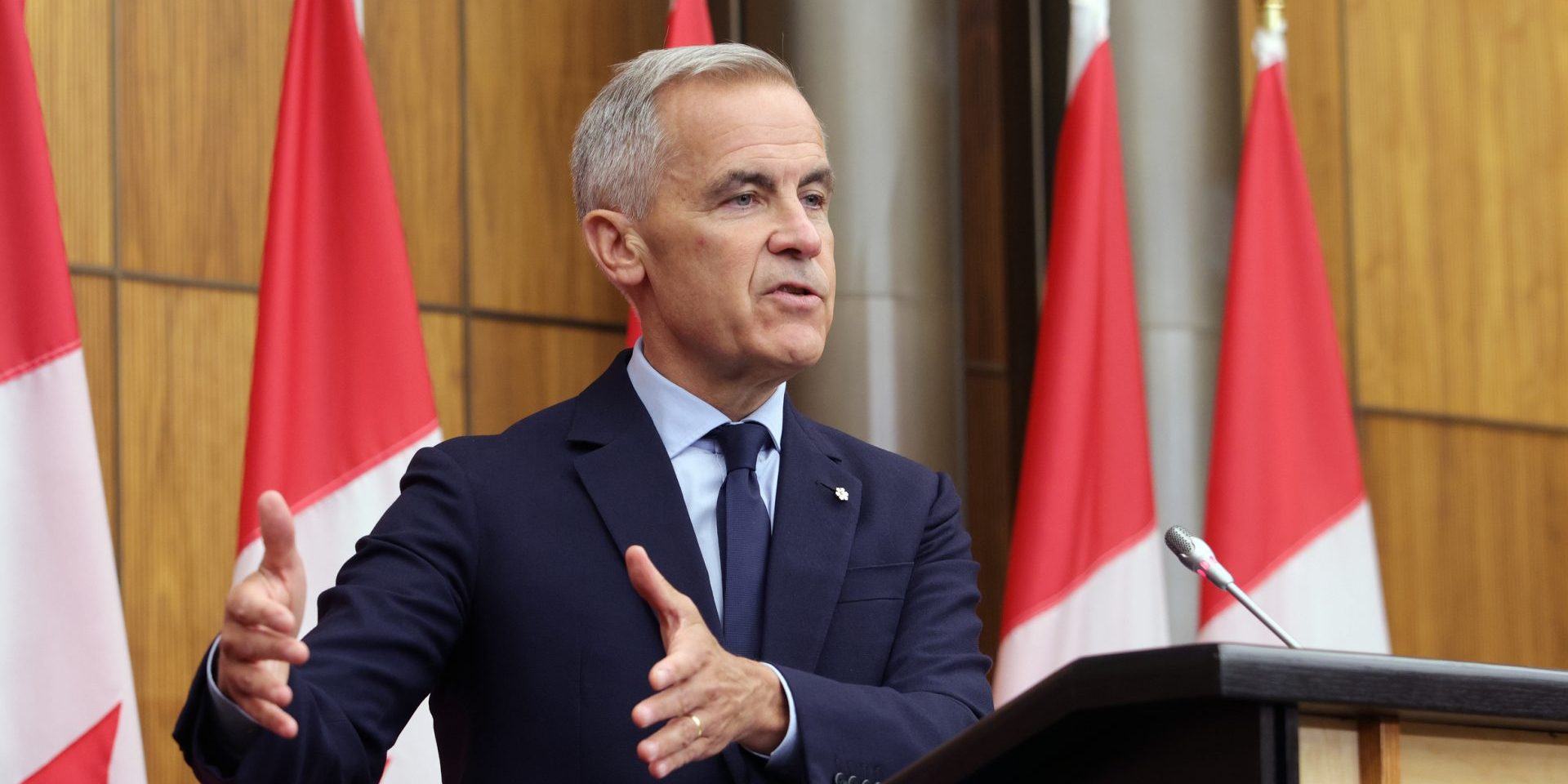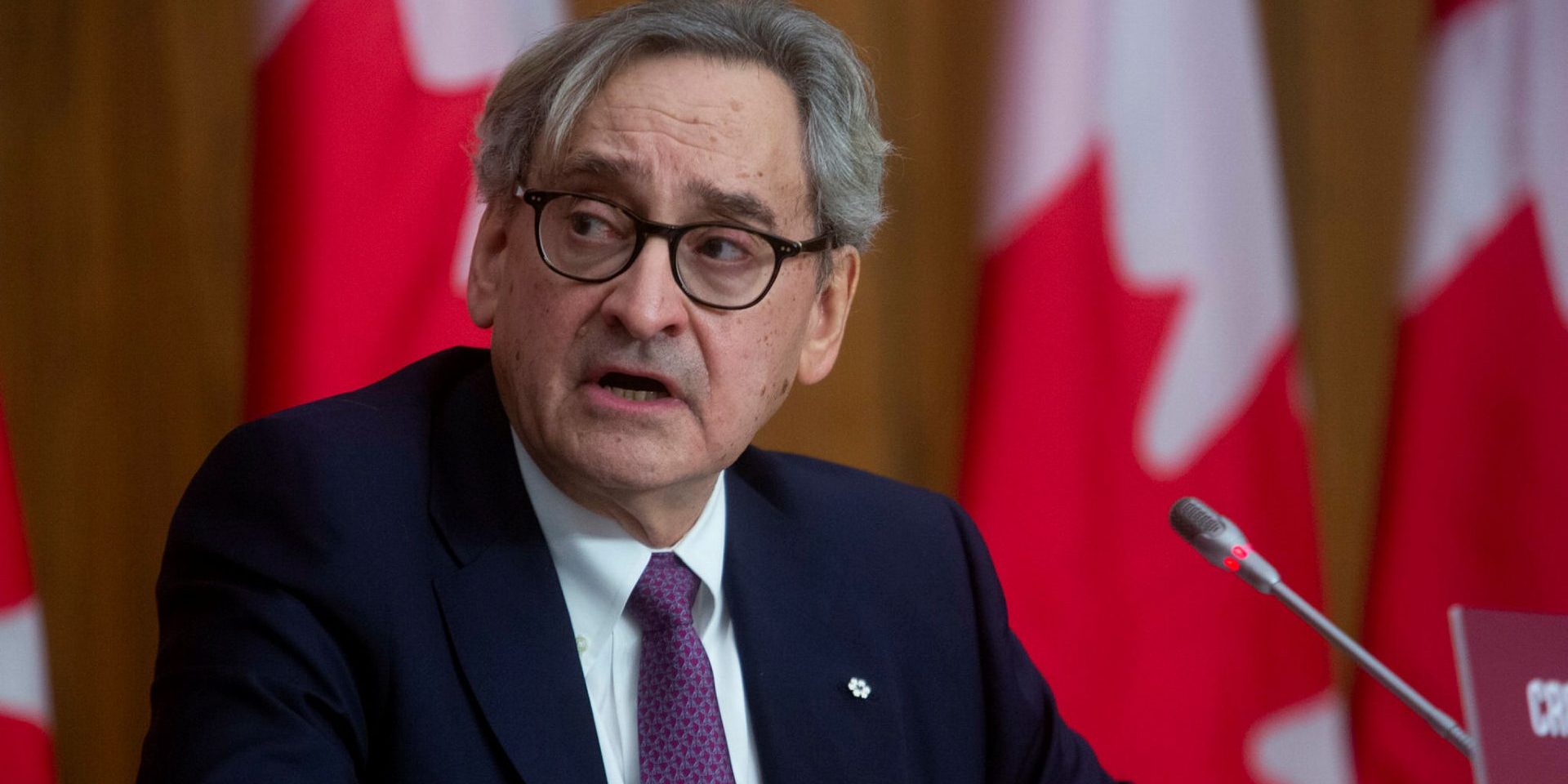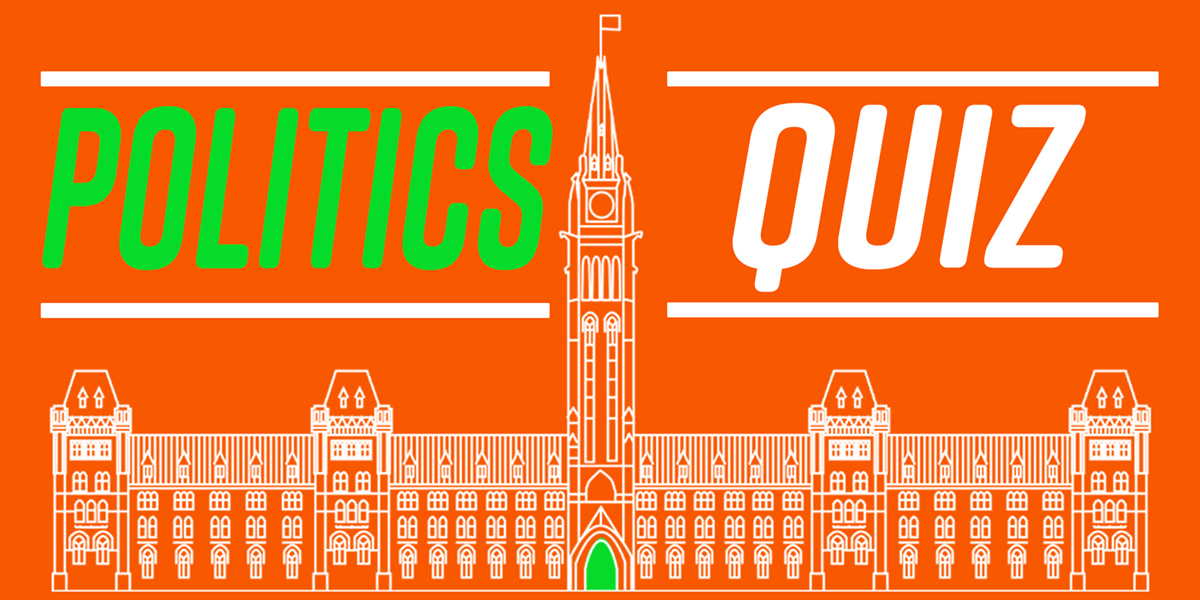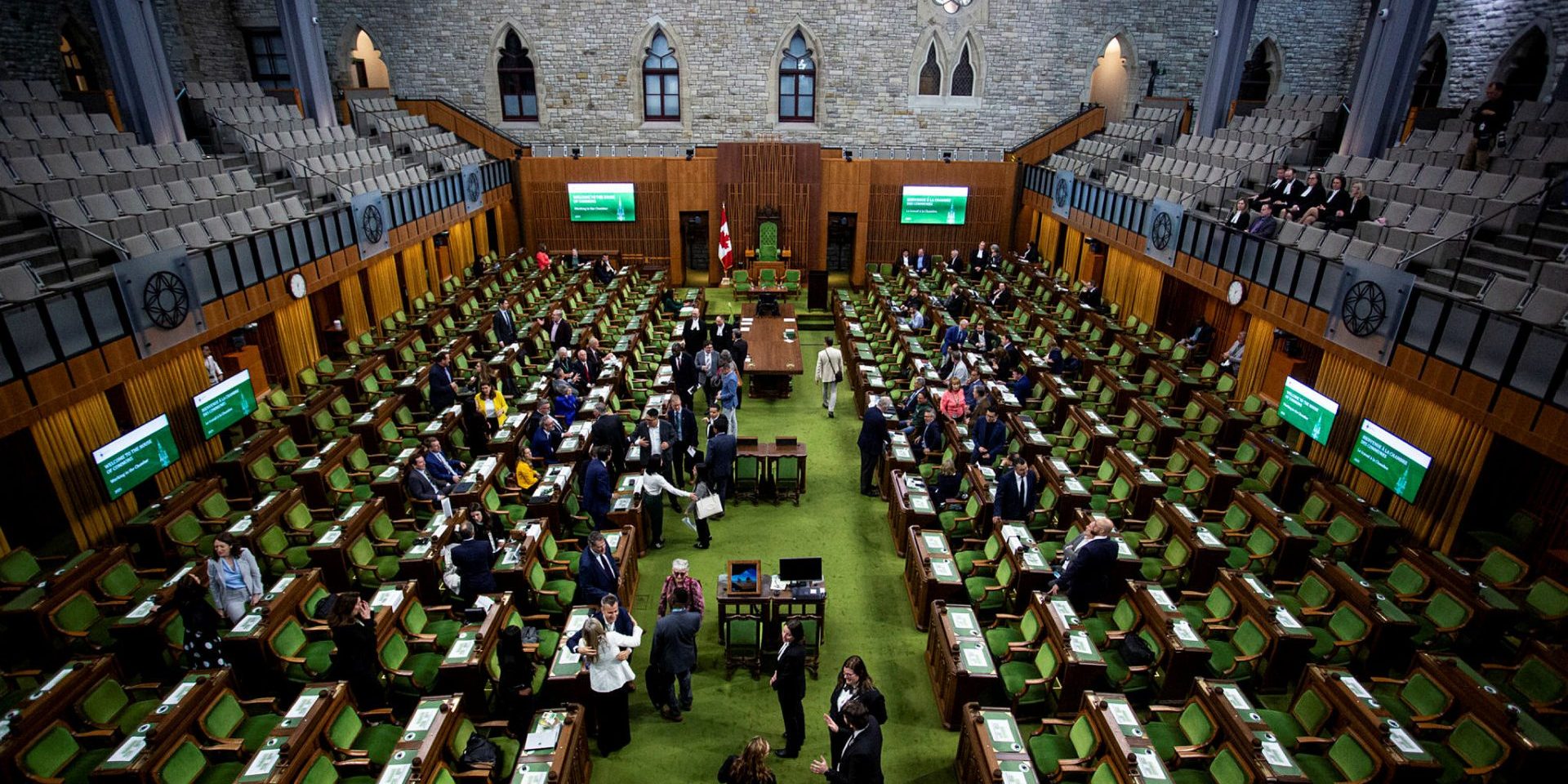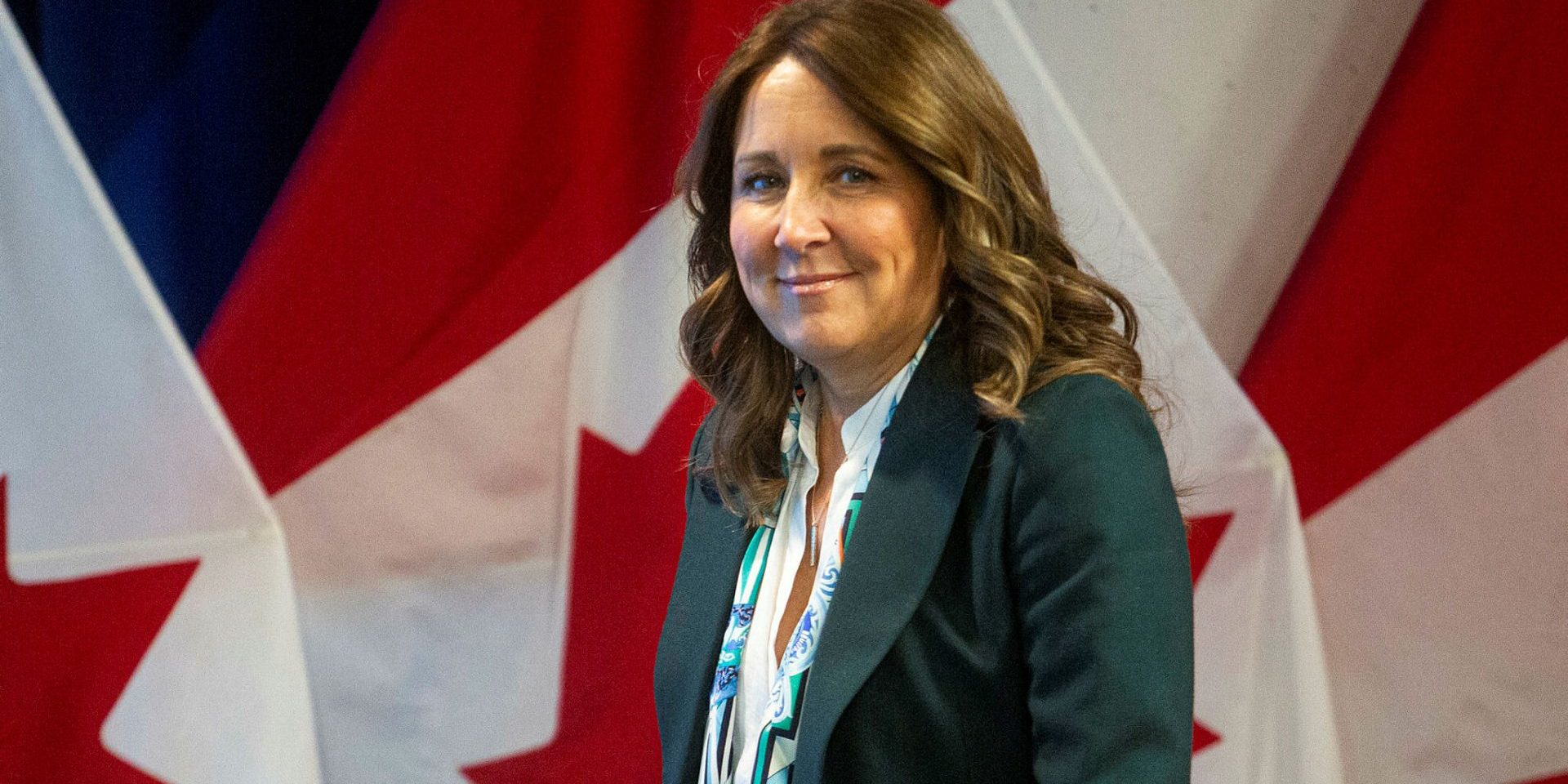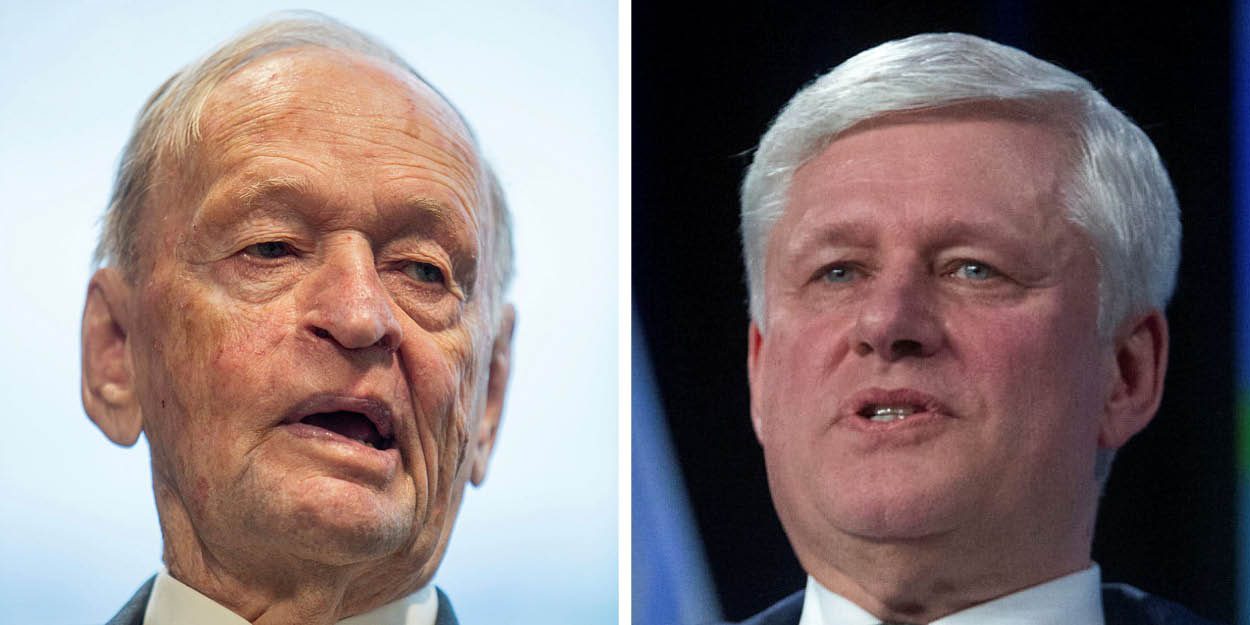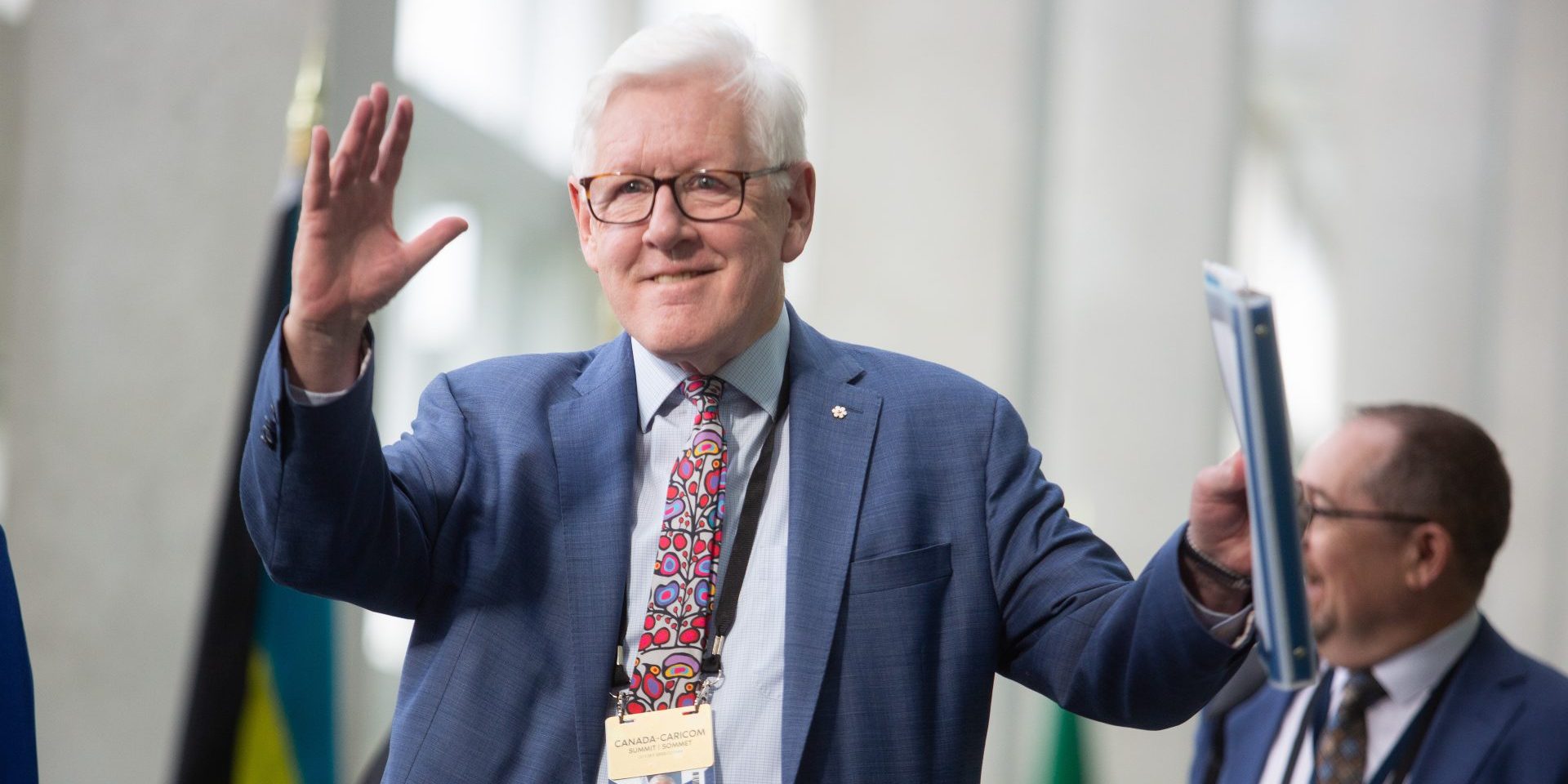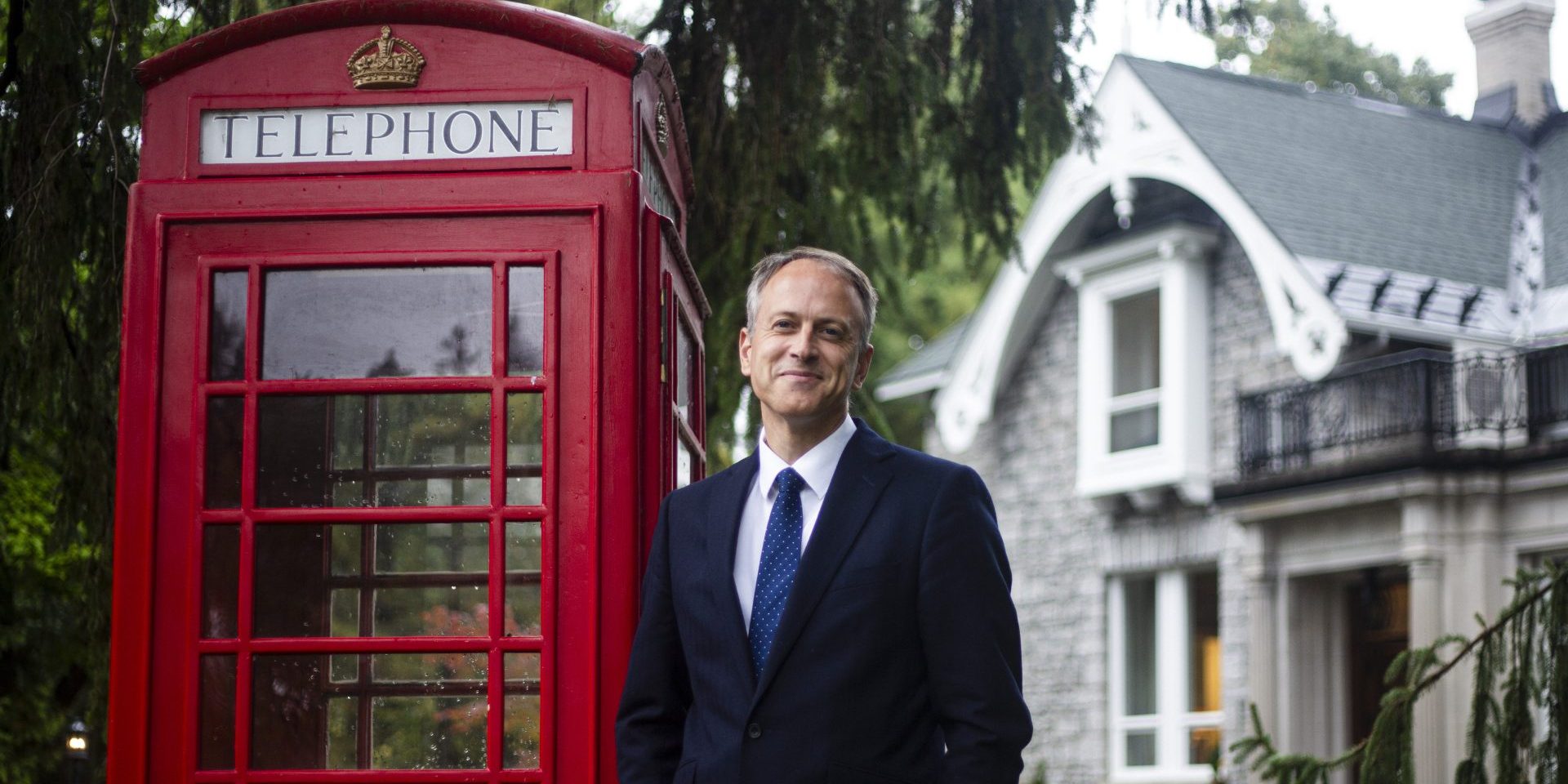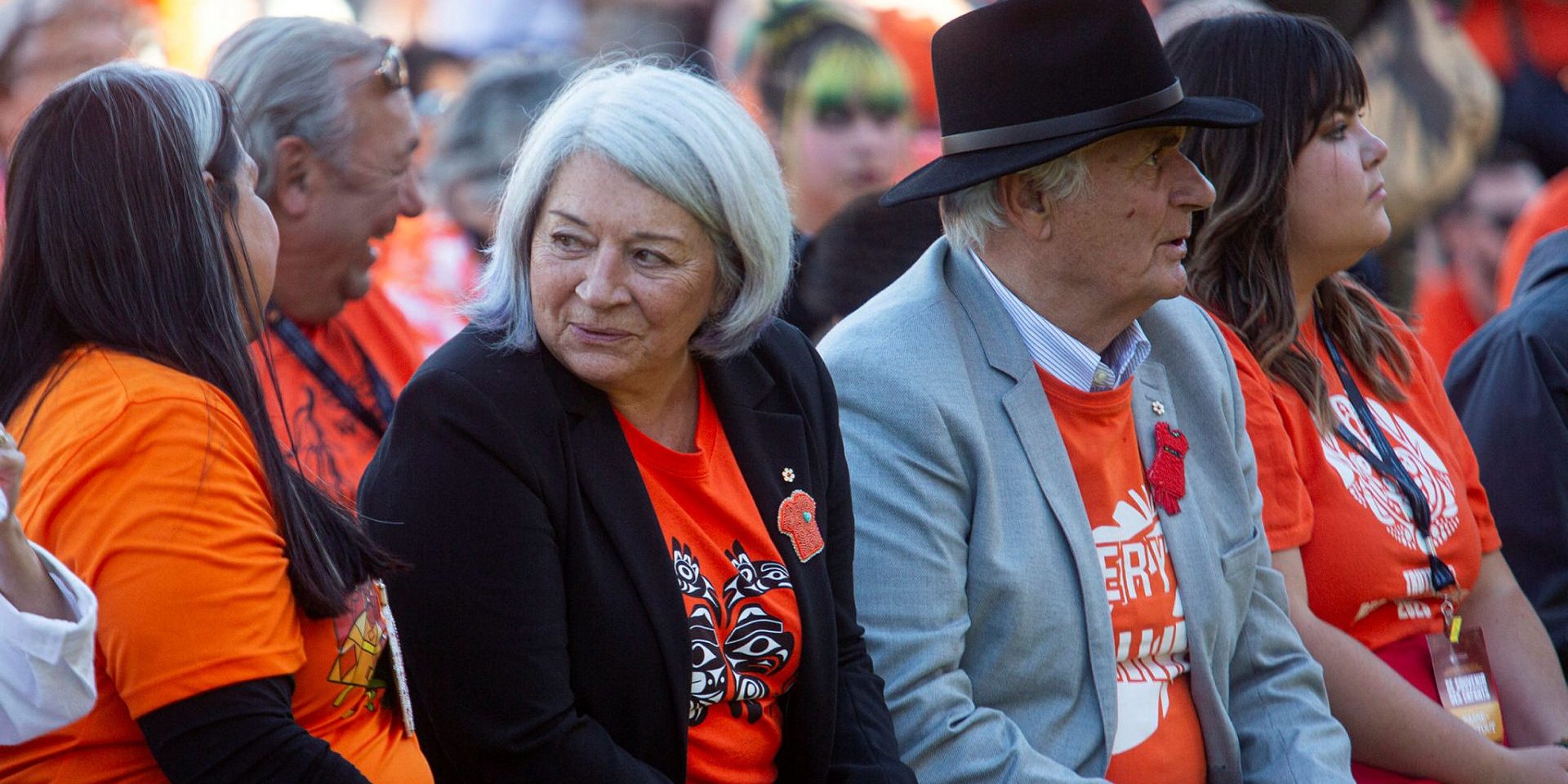Grits and Tories dominated the 109 safest seats this election
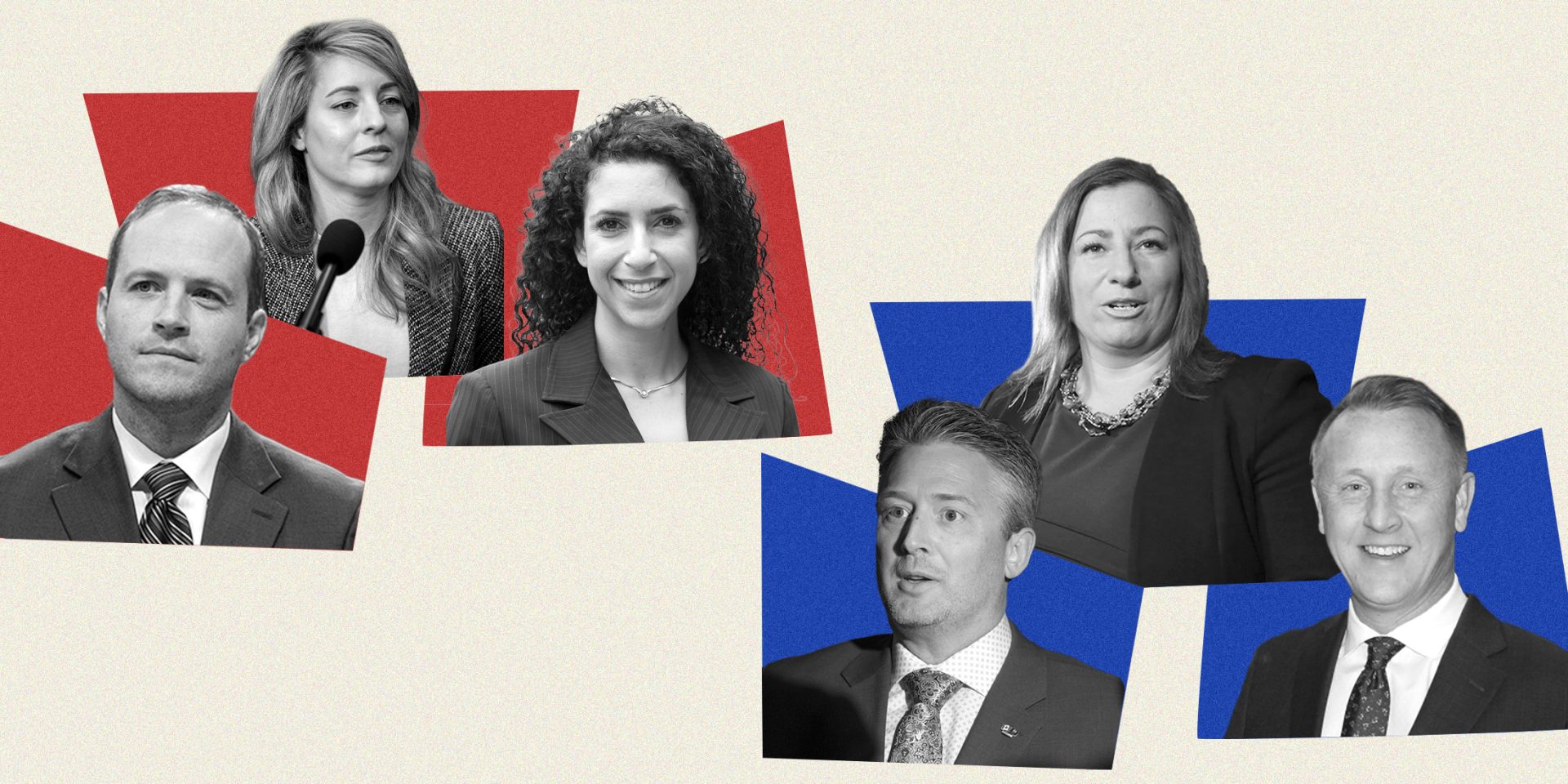
Nearly one-quarter of Canada’s ridings sent Conservative and Liberal MPs to Ottawa with massive victories in an election in which the two parties dominated the popular vote.
The April 28 federal contest propelled 109 candidates to victory by margins of more than 25 percentage points over the second-place party, and all with between 50 and 84 per cent of the local vote. These ridings helped the leading parties take a combined 85-per-cent share of the 19.5 million votes cast, and eat into the popularity of the Bloc Québécois (6.3 per cent), NDP (6.3 per cent), and Green Party (1.2 per cent). None of the three back-of-the-pack parties had leads in this territory, according to Elections Canada’s preliminary results.
Quebec, Alberta, and Ontario had the most polarized matchups, each home to more than 20 ridings where more than half of the local electorate ticked their ballot for the winning candidate. Saskatchewan, however, presented the highest proportion of leading-party outcomes with 10 of 14 seats—or 71 per cent—seeing contests that weren’t remotely close. Alberta was next in this regard, with 21 Conservatives sitting easy in safe races representing 57 per cent of the province’s 37 seats.
The Liberals led the way in blowout races, with 68 of their MPs logging lopsided wins, followed by 41 Conservatives. But only the Tories secured wins with margins greater than 50 percentage points in 19 ridings: 11 in Alberta, seven in Saskatchewan, and one in British Columbia’s Prince George–Peace River–Northern Rockies, where Bob Zimmer was re-elected for a fifth term.
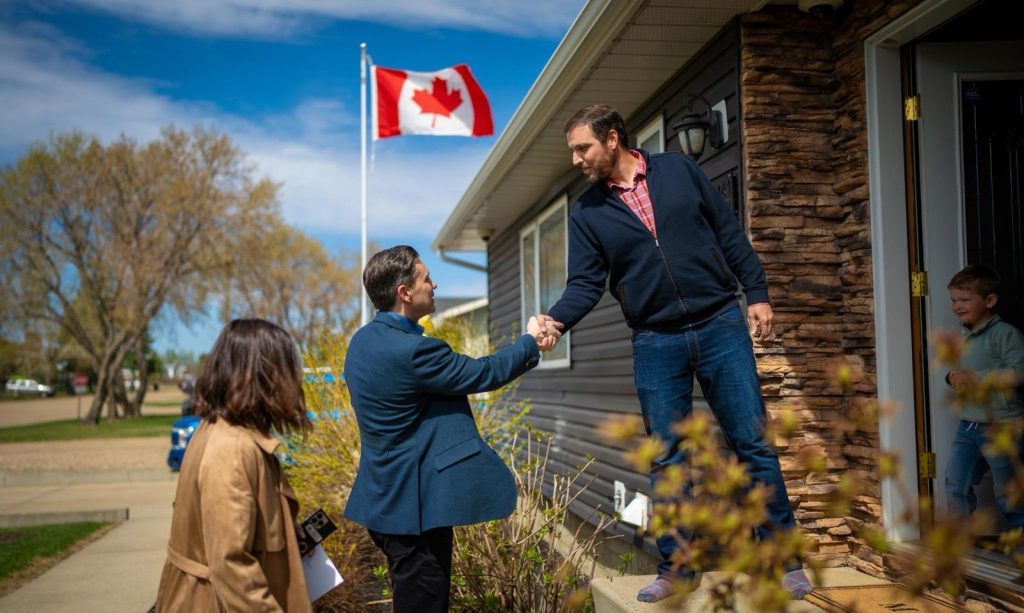
Conservative rookie Steven Bonk’s 84 per cent support in Souris–Moose Mountain, Sask., earned him the title of biggest victory this election. Just behind in second place is would-be caucus colleague Damien Kurek, whose re-election in Battle River–Crowfoot, Alta., was short-lived after he agreed to step down to make room for Conservative Leader Pierre Poilievre. After a shocking defeat in his longtime Carleton, Ont., seat, Poilievre is opting to run in Alberta’s safest seat where Kurek pulled 82.8 per cent of the riding’s vote, 71.6 percentage points ahead of the Liberal candidate.
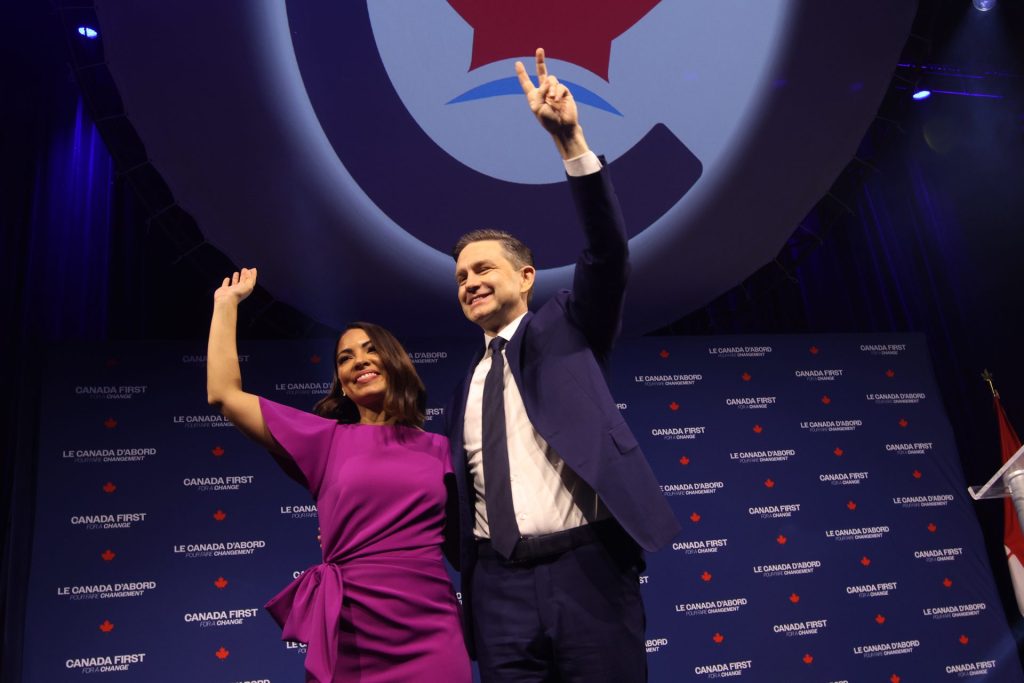
Alberta represented half of the Conservative wins in the 25-point-and-up camp, followed by nine in Saskatchewan, five in Manitoba, and two in Ontario, Quebec, and B.C.
The Liberals posted their best results in Quebec (24 ridings) and Ontario (23), and spread the love in seven other provinces: British Columbia (six), Nova Scotia (five), New Brunswick (four), Manitoba (two), and one in both Saskatchewan and Prince Edward Island. The Grits’ biggest wins were equally spread out, with margins greater than 35 points posted in eight provinces, with 13 in Quebec and nine in Ontario.
Prime Minister Mark Carney (Nepean, Ont.) had eight ministers in his first cabinet to thank for those results. Housing Minister Nate Erskine-Smith topped that list by pulling 67.8 per cent of the votes in Beaches-East York, Ont., followed by Foreign Affairs Minister Mélanie Joly’s 60.9 per cent in Ahuntsic–Cartierville, Que., and Immigration Minister Rachel Bendayan’s 55.2 per cent in Outremont, Que., where now-ex Green Party co-leader Jonathan Pedneault had hoped to win, but ultimately placed fifth.
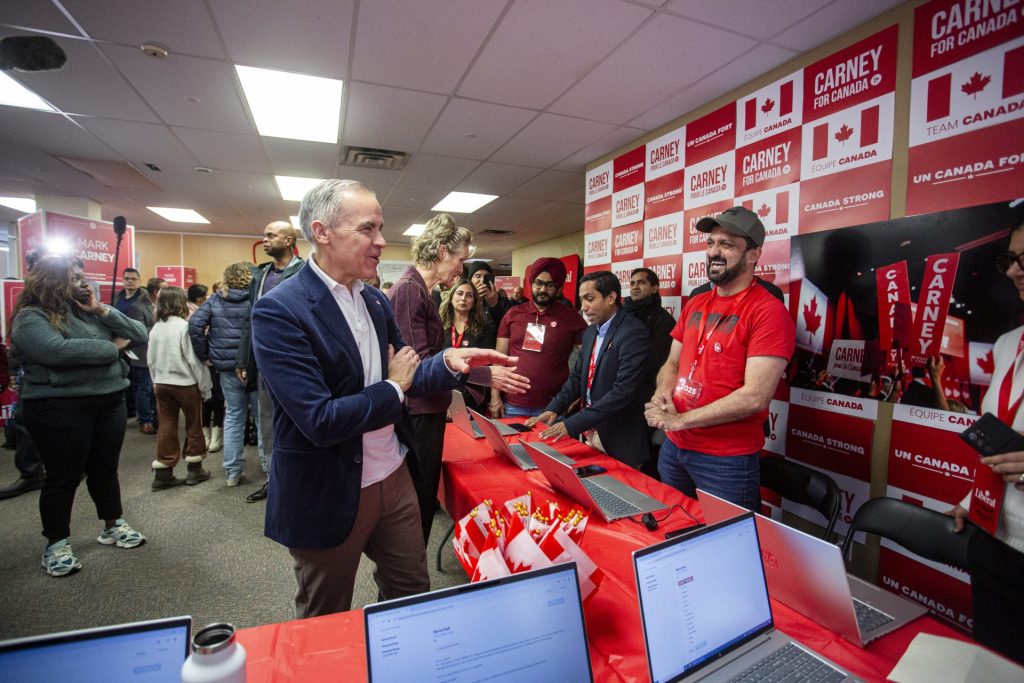
Other ministers in that mix include Transport and Internal Trade Minister Chrystia Freeland (University–Rosedale, Ont.), Jobs and Families Minister Steven MacKinnon (Gatineau, Que.), Public Safety Minister David McGuinty (Ottawa South, Ont.), and Fisheries Minister Joanne Thompson (St. John’s East, N.L.). Carney, meanwhile, won his riding with 63.8 per cent and 30.5 percentage points between him and the second-place Conservative contender.
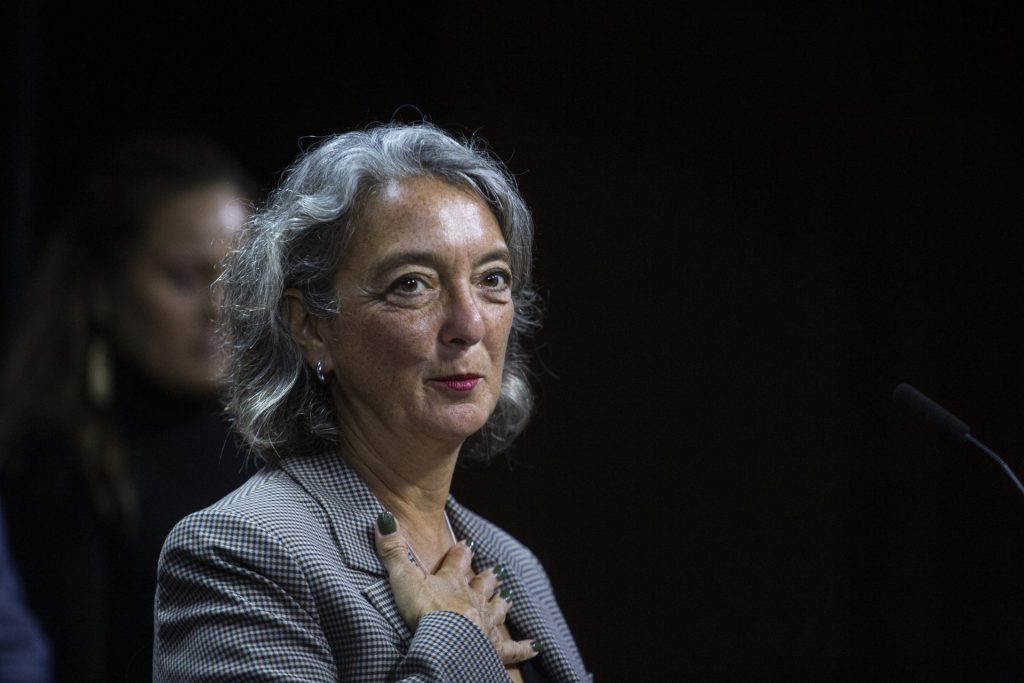
Julie Dabrusin, who was re-elected under the red banner for the fourth time, topped her party for widest-margin wins, with 47.6 points separating her from the second-place Conservative in Toronto–Danforth, Ont. Former cabinet minister Mona Fortier was next, taking Ottawa–Vanier–Gloucester, Ont., by a nearly 46-point margin.
The Liberals and Conservatives were also the most likely to place second in these uncompetitive seats in 57 and 41 races, respectively, followed by six Bloc Québécois candidates, and five New Democrats.
The Hill Times






 LICENSING
LICENSING PODCAST
PODCAST ALERTS
ALERTS